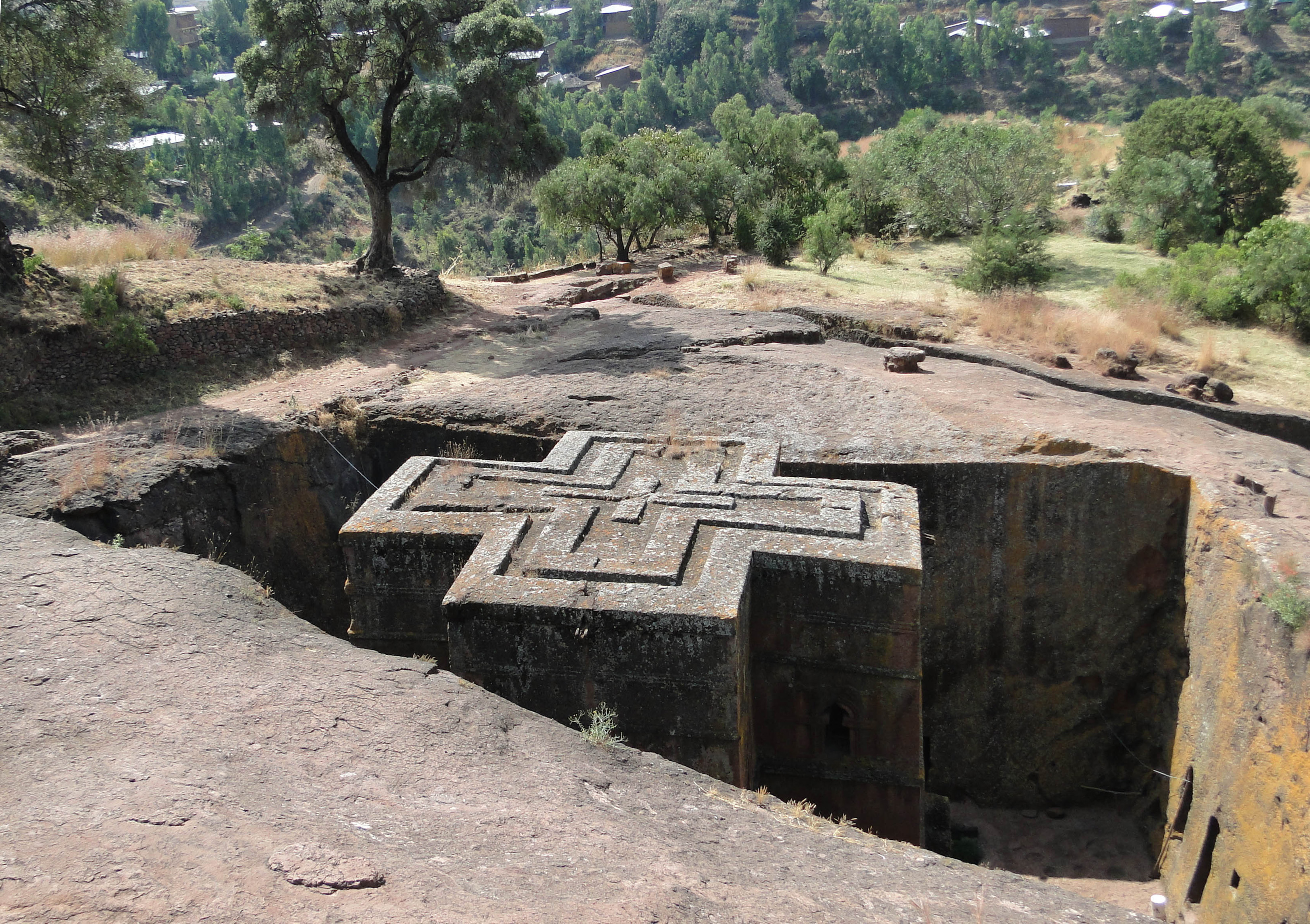|
Mdre Bahri
Medri Bahri ( ti, ምድሪ ባሕሪ, English: Land of the Sea Kingdom), also known as Mereb Melash, was an Eritrean kingdom emerged in 1137 until conquest by the Ethiopian Empire in 1879. It was situated in modern-day Eritrea, and was ruled by a ''Negassi'' (at times also called the ''Bahri Negasi,'' ''Bahr Negash'' in Amharic, Najassi in Arabic, or "king of the sea" in English). In 1680, Medri-Bahri’s political process was described by the German scholar J. Ludolph as being a republican monarchy. This republican political process was found no where else in the Horn of Africa and was distinct to the kingdom of Medri Bahri. J. Ludolph(1977), Forschung, P. 38 History Overview The Kingdom was formed after the demise of Aksumite Empire in the 9th century and retained all the Aksumite regions north to the Mereb river, namely, Bahr, Buri, Bogos, Serawye and Hamassien, while the regions south to the river fell under the control of the ''Agaw'' people and became part of the Zagwe ... [...More Info...] [...Related Items...] OR: [Wikipedia] [Google] [Baidu] |
Middle Ages
In the history of Europe, the Middle Ages or medieval period lasted approximately from the late 5th to the late 15th centuries, similar to the post-classical period of global history. It began with the fall of the Western Roman Empire and transitioned into the Renaissance and the Age of Discovery. The Middle Ages is the middle period of the three traditional divisions of Western history: classical antiquity, the medieval period, and the modern period. The medieval period is itself subdivided into the Early, High, and Late Middle Ages. Population decline, counterurbanisation, the collapse of centralized authority, invasions, and mass migrations of tribes, which had begun in late antiquity, continued into the Early Middle Ages. The large-scale movements of the Migration Period, including various Germanic peoples, formed new kingdoms in what remained of the Western Roman Empire. In the 7th century, North Africa and the Middle East—most recently part of the Eastern Ro ... [...More Info...] [...Related Items...] OR: [Wikipedia] [Google] [Baidu] |
Zagwe Dynasty
The Zagwe dynasty ( Ge'ez: ዛጔ ሥርወ መንግሥት) was an Agaw medieval dynasty that ruled the northern parts of Ethiopia and Eritrea, after the historical name of the Lasta province. Centered at Lalibela, it ruled large parts of the territory from approximately 900 to 1270 CE, when the last Zagwe King Za-Ilmaknun was killed in battle by the forces of the Amhara King Yekuno Amlak. The name of the dynasty is thought to derive from the ancient Ge'ez phrase ''Ze- Agaw'', meaning "of the Agaw", in reference to the Mara Tekle Haymanot, the founder of the dynasty. Zagwe's best-known King was Gebre Mesqel Lalibela, who is credited with having constructed the rock-hewn monolithic churches of Lalibela. David Buxton has stated that the areas under the direct rule of the Zagwe kings apart from the centre of power in Lasta "probably embraced the highlands of modern Eritrea, Tigray, Waag and Bete Amhara and thence westwards towards Lake Tana (Begemder)." Unlike the practice of ... [...More Info...] [...Related Items...] OR: [Wikipedia] [Google] [Baidu] |

